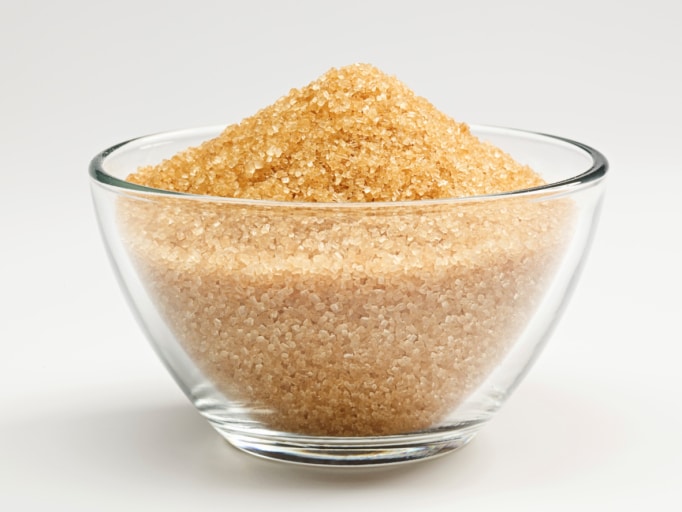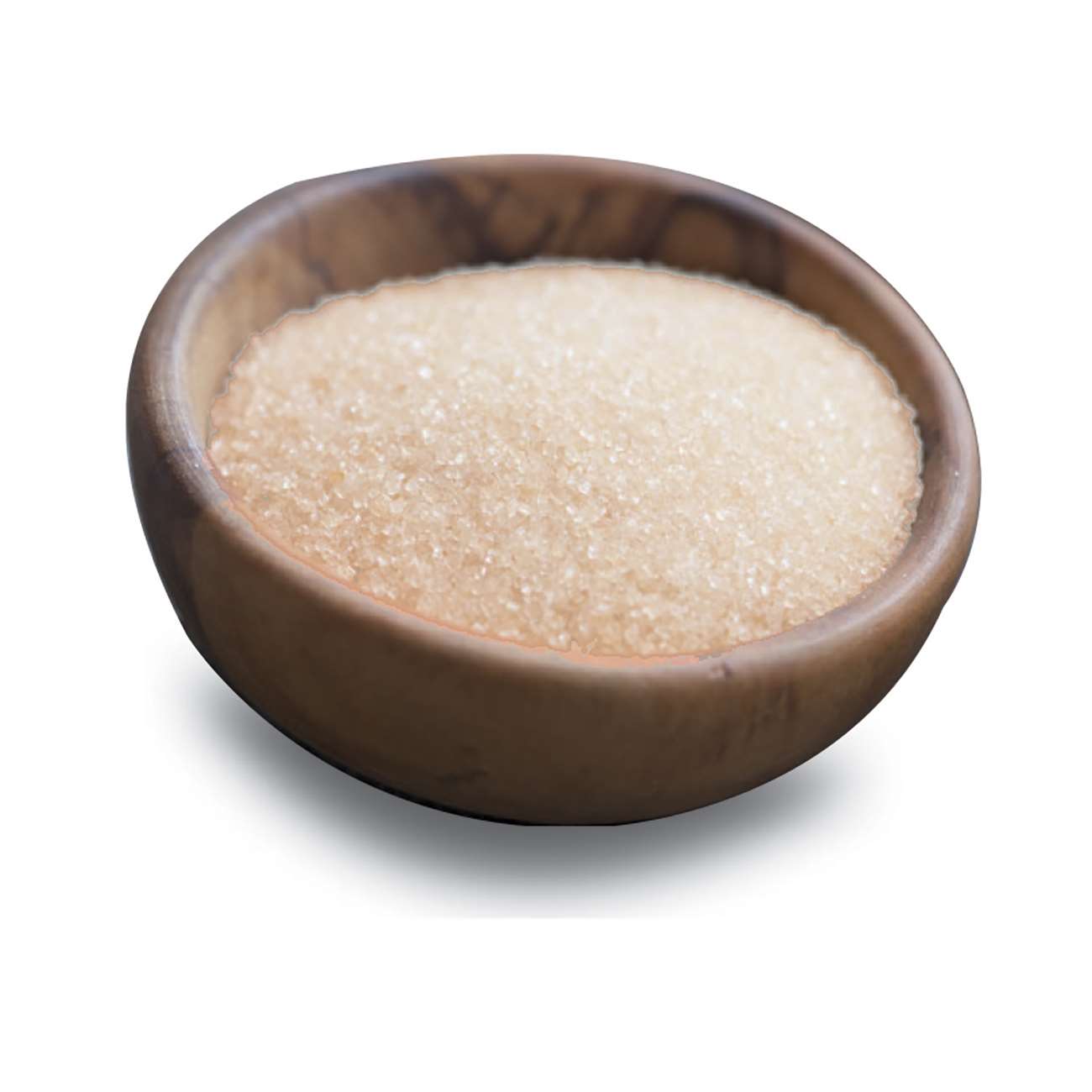Cane Sugar Processing: Typical Techniques and Modern Innovations
Cane Sugar Processing: Typical Techniques and Modern Innovations
Blog Article
Exploring the Comprehensive Tips Involved in Walking Cane Sugar Handling From Harvesting to Refinement
The procedure of cane sugar production incorporates a series of detailed steps, beginning with the mindful harvesting of sugarcane and culminating in the refinement phases that make certain the final item meets sector standards. Each stage, from the removal of juice to the filtration and crystallization processes, plays a crucial duty in determining the high quality and personality of the sugar.
Collecting Sugarcane
Gathering sugarcane is a critical step in the walking cane sugar processing chain, as it straight influences the quality and yield of the final product. Appropriate timing and methods are necessary throughout this stage to make certain optimum sugar web content and decrease losses. Generally, sugarcane is gathered when it reaches maturity, usually 12 to 18 months after planting, identified by a high sucrose focus.

Post-harvest, the sugarcane needs to be processed quickly to stop sucrose deterioration. Preferably, gathered walking cane must be transferred to processing centers within 1 day to protect sugar high quality. For that reason, effective logistical preparation is essential to maintain the honesty of the gathered crop throughout the supply chain.
Extraction Process

The smashed walking stick is subjected to a series of pushing procedures to optimize juice healing. Typically, warm water is splashed onto the smashed walking stick, creating a countercurrent flow that aids liquify the sugar while likewise aiding in the extraction process. The juice gathered from this operation consists of not just sugar but additionally different organic substances and contaminations.

To improve extraction performance, some centers may utilize diffusion approaches, where the sugarcane is saturated in warm water, permitting the soluble sugars to diffuse into the fluid. The resulting juice, abundant in sucrose, is after that guided to succeeding processing stages, laying the foundation for purification and improvement. The extraction process is thus crucial in establishing the high quality and return of the last sugar item.
Filtration Techniques
The filtration techniques employed in walking stick sugar handling are necessary for changing the raw juice right into a high-grade sugar item. These approaches primarily aim to remove pollutants, such as soil, plant materials, and not natural compounds, which can negatively impact the end product's taste and shade.
This process entails including lime and heat to the raw juice, which facilitates the coagulation of contaminations. In addition, the use of phosphoric acid can improve the information process by further binding pollutants.
Another substantial strategy is carbonatation, where carbon dioxide is introduced to the made clear juice. This reaction produces calcium carbonate, which catches staying impurities and advertises their removal.
In addition, triggered carbon therapy may be used to adsorb any type of continuing to be colorants and organic contaminations, making certain a more polished product. The mix of these techniques efficiently prepares the sugar juice for succeeding steps in the refining procedure, setting the phase for the production of premium walking stick sugar.
Formation Techniques
After the filtration Continued phase, the following important action in walking cane sugar processing includes formation methods, which play a critical duty in changing the clarified juice into strong sugar. This procedure normally employs two key techniques: spontaneous formation and controlled condensation.
In spontaneous formation, supersaturated sugar services are permitted to cool normally, bring about the development of sugar crystals with time. This method is easier however might lead to irregular crystal dimensions and reduced purity levels. On the other hand, managed crystallization is a more specific technique where seeding, temperature level, and focus agents are carefully taken care of. This method permits for the uniform growth of sugar crystals and higher purity.
During crystallization, the cleared up juice is focused with evaporation, enhancing its sugar content until it gets to supersaturation. As soon as this factor is accomplished, either technique can help with the crystallization process. Cane Sugar Processing. The resultant sugar crystals are after that divided from the staying syrup with centrifugation
Eventually, the choice of condensation method influences the top quality, dimension, and pureness of the final sugar product, making this action vital in the general walking stick sugar processing procedure.
Improvement and Product Packaging
Exactly how can the pureness and quality of walking stick sugar be further boosted after condensation? The improvement process plays a critical role in attaining top quality walking cane sugar.
Next, the sugar goes through a procedure called centrifugation, where it is spun at broadband to divide the purified sugar crystals from the staying fluid. After centrifugation, the sugar is typically more refined with a technique called carbonization or phosphatation, which utilizes triggered carbon or phosphoric acid to remove shade and off-flavors.
Once fine-tuned, the sugar is dried out to achieve the preferred wetness web content, guaranteeing that it stays stable during storage space and transportation. The final step includes product packaging the polished sugar in moisture-proof and airtight containers to preserve its high quality and protect against contamination. Cane Sugar Processing. Proper product packaging not just expands service life but likewise helps with very easy handling and circulation, ensuring that consumers get sugar that fulfills the highest possible requirements of purity and top quality
Verdict
The comprehensive steps associated with cane sugar processing, from the you can find out more meticulous harvesting of sugarcane to the intricate refinement and product packaging phases, emphasize the importance of each stage in ensuring top notch sugar manufacturing. Optimum harvesting strategies, reliable extraction techniques, and strenuous purification procedures collectively add to the end product's pureness and security. The crystallization and subsequent packaging techniques better improve the stability and service life of the sugar, highlighting the complexity and accuracy inherent in get more this essential agricultural market.
The process of cane sugar production includes a collection of intricate steps, beginning with the cautious harvesting of sugarcane and culminating in the improvement phases that make certain the last item satisfies market standards. Ideally, collected walking cane needs to be moved to refining facilities within 24 hours to preserve sugar top quality.In spontaneous condensation, supersaturated sugar options are allowed to cool down naturally, leading to the formation of sugar crystals over time - Cane Sugar Processing. The refinement process plays an essential function in achieving high-grade walking cane sugar.The detailed steps included in walking cane sugar processing, from the thorough harvesting of sugarcane to the elaborate improvement and product packaging stages, emphasize the value of each phase in ensuring top quality sugar production
Report this page